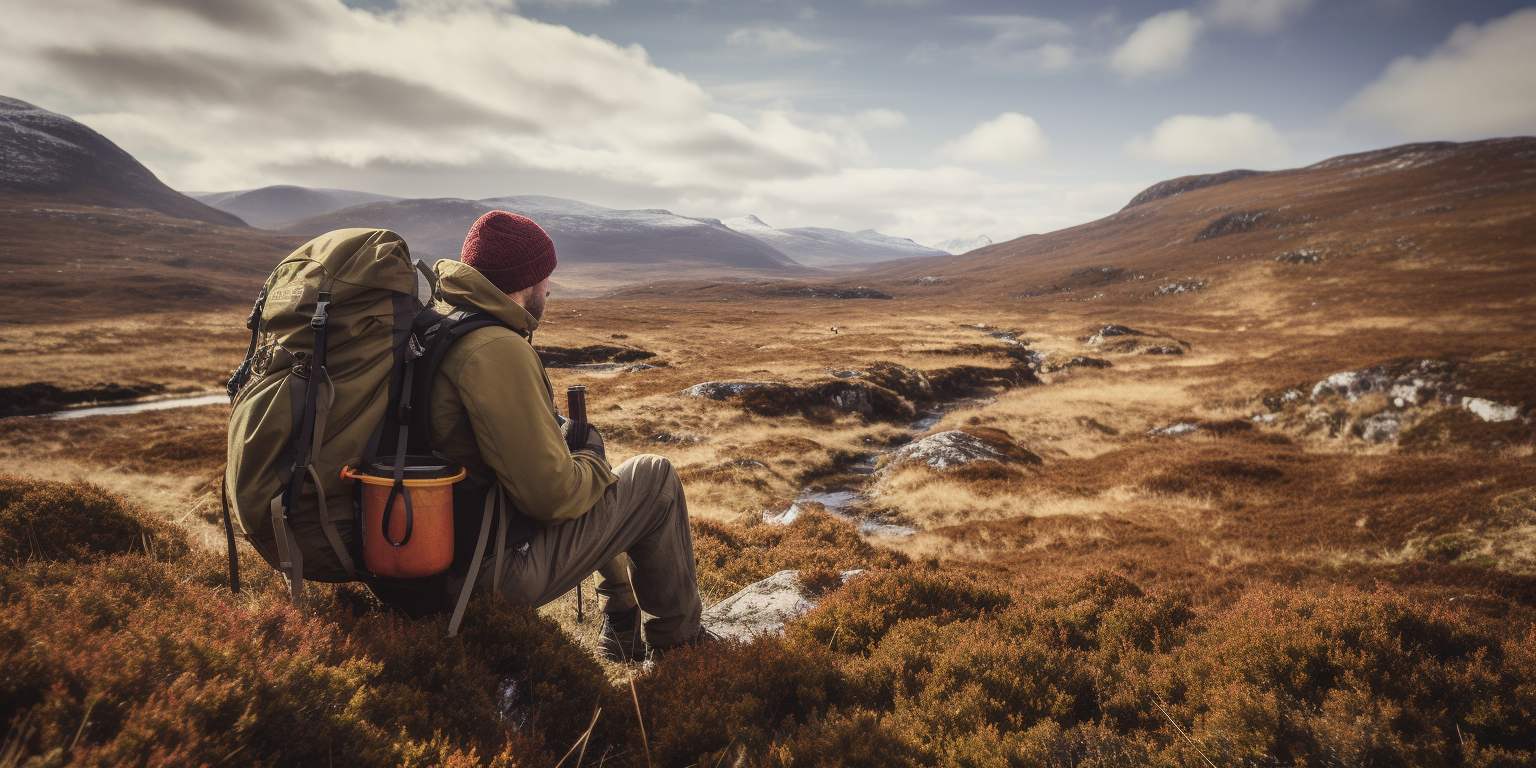
Planning an Outdoor Adventure - The 10 Steps
Planning an Outdoor Adventure - The 10 Steps
In the UK, there are huge opportunities for anyone interested in outdoor adventure activities - with around 15 national parks and over 30,000 miles of walking trails. Indeed, in 2019, the value of the outdoor recreation industry in the UK was estimated to be £28.7 billion, with just over half of the UK population participating in outdoor activities.
An expedition or outdoor adventure can be a thrilling and life-changing experience, but it requires careful planning and preparation. Whether you're planning a multi-day trek, a mountain climb, or a canoe trip, proper planning can help ensure your safety and success. This article will provide a step-by-step guide to planning an expedition or outdoor adventure.
Step 1: Define your objective
The first step in planning an expedition or outdoor adventure is to define your objective. What do you want to achieve? Do you want to summit a mountain, explore a remote wilderness area, or challenge yourself physically and mentally? Once you have a clear objective, you can begin to plan the logistics of your trip.
Step 2: Research the destination and route
Research is an essential part of planning an expedition or outdoor adventure. You need to gather information about the destination, route, terrain, climate, and other relevant factors. Use a range of resources, including guidebooks, maps, online forums, and local experts, to gain a comprehensive understanding of the area.
Step 3: Determine your fitness level and prepare accordingly
The physical demands of an expedition or outdoor adventure can be significant, and it is essential to determine your fitness level and prepare accordingly. Start a fitness regimen that focuses on cardiovascular endurance, strength training, and flexibility. Additionally, consider the altitude of your destination and acclimate yourself if necessary.
Step 4: Create a detailed itinerary
A detailed itinerary is a critical component of planning an expedition or outdoor adventure. It should include the route, daily distances, checkpoints, rest days, and any other relevant details. Be realistic about the time and distance you can cover each day, taking into account factors such as terrain, weather, and your physical condition.
Step 5: Assemble the necessary equipment and supplies
The equipment and supplies required for an expedition or outdoor adventure will depend on your destination, route, and the duration of the trip. Consider factors such as shelter, clothing, footwear, food, water, navigation, first aid, communication, and emergency equipment. Ensure that all equipment is reliable and tested before the trip.
Step 6: Develop a communication plan
A communication plan is essential for an expedition or outdoor adventure. It should include a method of communication with a trusted person who can raise the alarm in case of an emergency. Additionally, consider using satellite communication devices that allow you to communicate even in remote areas.
Step 7: Consider environmental and ethical factors
Environmental and ethical factors are an essential consideration when planning an expedition or outdoor adventure. Ensure that you follow Leave No Trace principles, which aim to minimize your impact on the environment. The seven principles are:
- Plan ahead and prepare
- Travel and camp on durable surfaces
- Dispose of waste properly
- Leave what you find
- Minimize campfire impact
- Respect wildlife
- Be considerate of other visitors
Additionally, respect local customs and cultures, and act responsibly in the wilderness.
Step 8: Assess the risk and develop a contingency plan
An expedition or outdoor adventure involves inherent risks, and it is essential to assess them and develop a contingency plan. Consider the risks associated with your destination, route, and activities, and plan accordingly. Develop a contingency plan that includes an emergency response plan, evacuation plan, and other relevant details.
Step 9: Obtain the necessary permits and insurance
Permits and insurance are a crucial component of planning an expedition or outdoor adventure. Ensure that you obtain the necessary permits for your destination and activities. Additionally, consider purchasing insurance that covers medical emergencies, evacuation, and other relevant risks.
Step 10: Finalize your plan and share it with others
Once you have completed the above steps, finalize your plan and share it with others. Ensure that all members of the team understand the itinerary, equipment, communication plan, risk assessment, and contingency plan. Additionally, provide a copy of the plan to a trusted person who can assist in case of an emergency.
Conclusion
Planning an expedition or outdoor adventure requires careful preparation and attention to detail. By following these ten steps, you can help ensure that your expedition or outdoor adventure is safe and successful. Remember to define your objective, research the destination and route, determine your fitness level, create a detailed itinerary, assemble the necessary equipment and supplies, develop a communication plan, consider environmental and ethical factors, assess the risk and develop a contingency plan, obtain the necessary permits and insurance, and finalize your plan and share it with others. With proper planning and preparation, you can embark on an exciting and memorable expedition or outdoor adventure.
Suggested Articles
The Science of Staying Warm: Choosing the Right Clothing and Gear for Cold-Weather Expeditions
Cold-weather expeditions can be exhilarating and rewarding, but they also require careful planning and the right clot...
Camping in the UK's National Parks: Top Destinations and Tips for an Unforgettable Experience
The UK is home to 15 breath-taking national parks, each offering unique landscapes, flora, and fauna. Camping in thes...
The Ultimate UK Expedition Checklist: Essential Gear for Every British Adventure
The UK, with its diverse landscapes and ever-changing weather conditions, offers a wide array of outdoor adventures. ...




